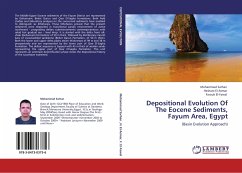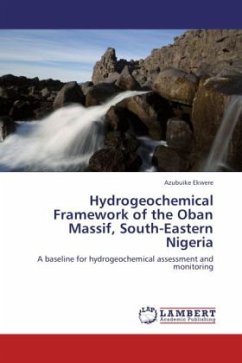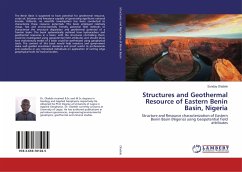The Sukari granitoid pluton is situated in the southern central Eastern Desert of Egypt and is considered as one of the best examples of the gold-bearing granites in the Arabian Nubian Shield (ANS).It consists of coarse- to medium-grained alkali-feldspar granite, syenogranite and monzogranite intruded the volcano-sedimentary sequences and metagabbro-diorite complex. Geochemically, these granitoids are metaluminous to peraluminous in character. Moreover, they show pronounced LREE-enriched patterns and negative Eu anomalies that indicate plagioclase fractionation. rocks are typical of within plate granites generated in tensional environment. They belong to ferroan/A-type granites, particularly A2-type suggesting post-collisional setting. Their high SiO2, Al2O3 and low MgO contents along with the low Ce/Pb ratios reflect derivation from melting crustal source. The kinematic indicators are represented by mylonites, quartz fish and augen structures. Mineralization in Sukari area foundas quartz veins, stockworks and brecciated veins.








